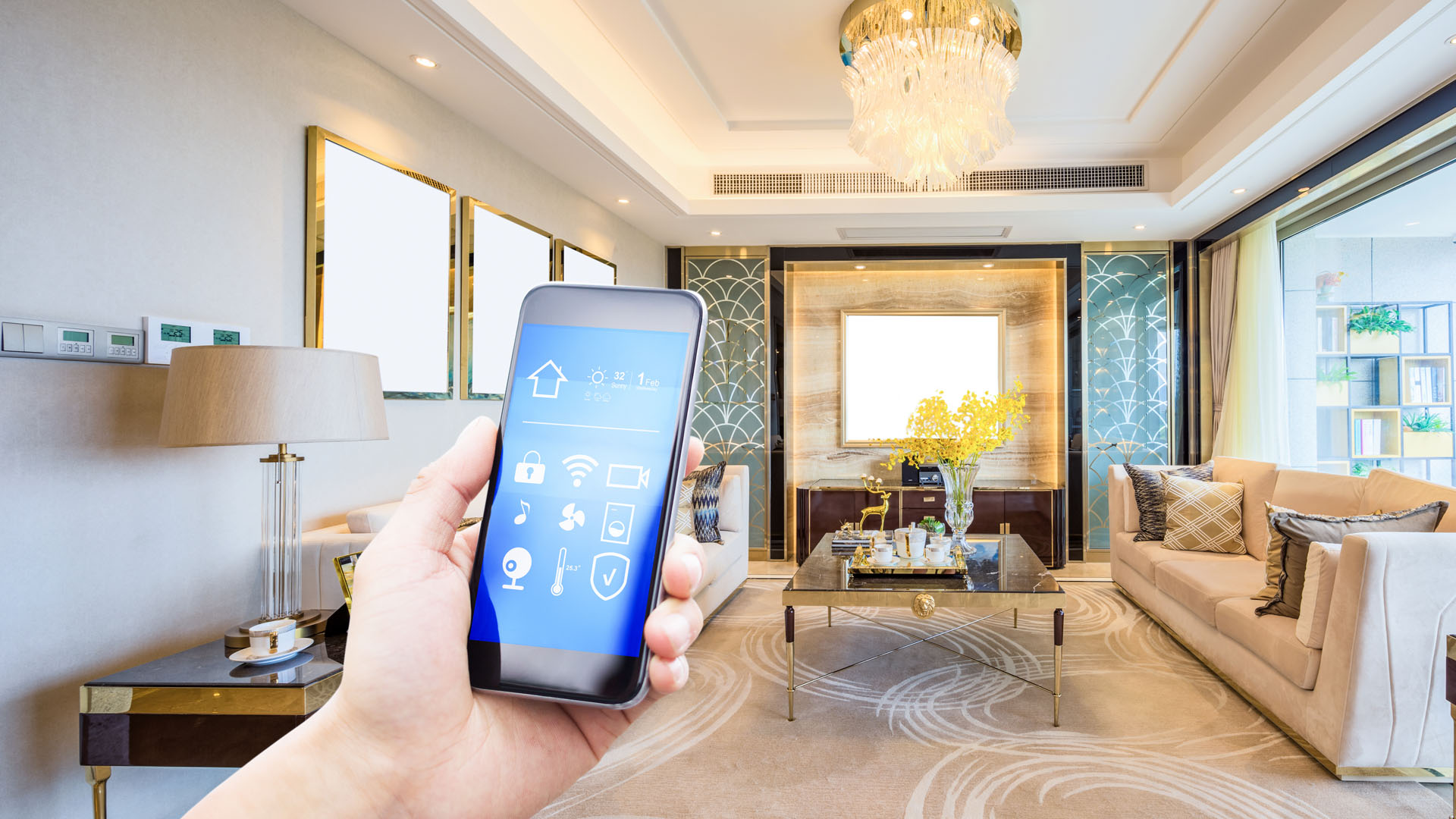Technology is changing the way agents do business, but is also is changing just what your clients are looking for in a home. New homes today are integrating technology into a structure, creating an interactive “smart” home, the ultimate living experience.
In a “smart” home, residents can control the thermostat and lights from a phone or tablet, making a home more comfortable and convenient than ever before. It also increases your security, allowing you to watch your home when you are not there.
According to a study by Markets and Markets, the smart home market is expected to be valued at $137.91 billion by 2023, growing at a CAGR of 13.61 percent between 2017 and 2023.
The trend is even catching the attention of builders.
Toll Brothers recently announced its expansion of smart home offerings. The company’s Westminster Security subsidiary is now TBI Smart Home Solutions. Homebuyers will be able to consult with a low-voltage contractor to choose a range of options, from home security systems to whole-house automation packages.
Overall, the growth of the smart home market can be attributed to the significant advancements in the Internet of Things market; increasing need for convenience, safety, and security; and rising demand for energy saving and low carbon emission-oriented solutions.
Everyone knows what a smart home looks like today. The question is, what will it look like tomorrow?
The current trend is personal assistant devices like Amazon Echo and Google Home, which can connect to your home. The next logical step with this technology is to create a home-automation hub to allow the homeowner to connect to a central hub from anywhere using a phone, tablet or computer.
It’s worth noting, however, Apple is bringing their device to market in December of 2017 named the Apple Homepod.
In fact, cutting-edge smart home technology can prove to be an advantage for your listing clients.
The technology is highly desirable and it might be a good way to help your home stand out with potential buyers.
Implementing a few of these products won’t bring your clients big increases in the value of their home, but even with a few simple solutions, they might increase their home’s appeal as it will show as more state-of-the art.
Another example is a home automation hub that will allow the user to monitor the home’s security, climate, sound, lights and more from one central device. These hubs most often connect to a home WiFi network and act as a central location for each of your smart-home devices.
As the technology improves, smart homes increasingly will be able to interact with the home’s WiFi network. This will extend to appliances with smart technologies.
The garage is another place where technology can rule. The smart homes of the future will include a charging station for an electric or hybrid vehicle.
Although items such as connected refrigerators — which let owners peek inside from the grocery store to see what’s missing — are gaining some traction in the smart-home segment, appliances like this are still relatively rare and expensive. Homeowners are looking for solutions that will save time, money and energy. It’s those items that will begin showing up as standard features in new homes.
Smart technology is here to stay and your clients are focusing on the increased efficiency and convenience it offers.

























![Pending Sales Bounce Back in October [Real Estate Training]](https://timandjulieharris.com/wp-content/uploads/2021/12/Pending-Sales-Bounce-Back-in-October-Real-Estate-Training-100x70.jpg)






